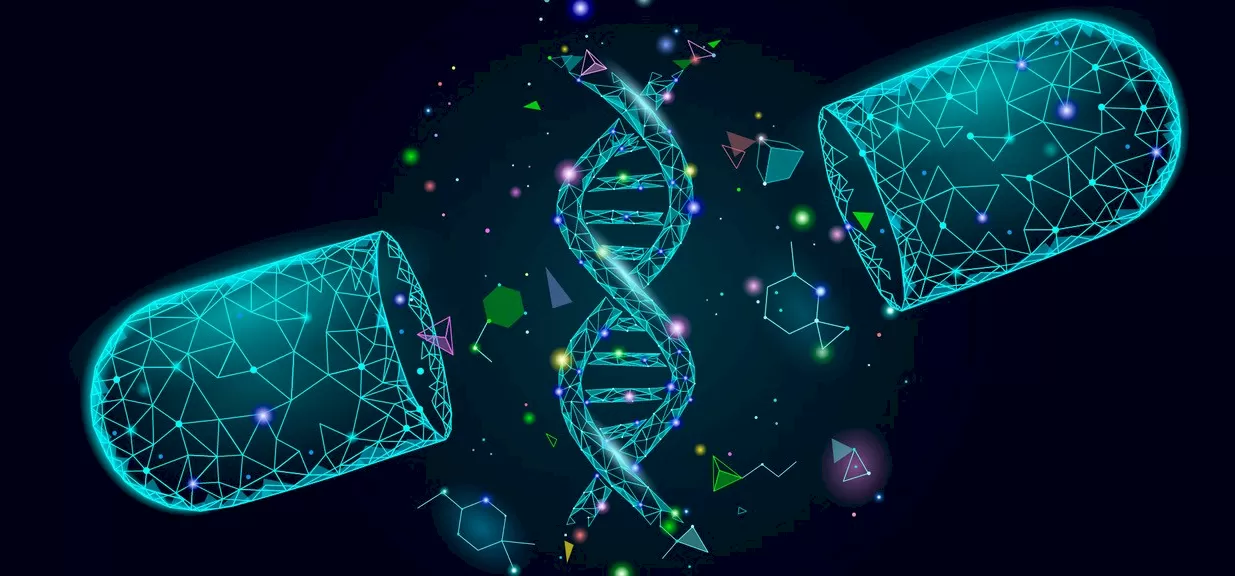Enhancing the Potential Impact of Gene Therapy

The pace of scientific advance is rapidly enabling development of treatments targeting the core cause of Rett Syndrome - the deficiency of MeCP2 protein resulting from mutations in the MECP2 gene. RSRT is funding multiple development programs that correct this deficiency and make it possible to realistically envision development of curative therapeutics.
Therapeutic programs currently in our development pipeline include gene replacement, DNA and RNA editing, RNA trans-splicing and MECP2 reactivation. All will need to be delivered to the brain. Due to their excellent safety and efficacy, adeno associated viruses, AAVs, have become the gold standard for brain delivery. Over one hundred gene therapy programs currently employ AAVs to deliver the gene and two of the first FDA-approved gene therapy products use AAVs for delivery.
However, AAVs come with some immune response challenges. Humans are naturally exposed to AAVs and some individuals have pre-existing antibodies which could trigger a serious immune response were they to receive a therapeutic delivered via an AAV vector. Clinical trials typically test study participants prior to treatment and exclude those with high pre-existing antibodies to the AAV vector. (Preliminary evidence suggests that pre-existing antibodies may be less of a problem when delivery is into the spinal fluid, eg. AveXis proposed route of administration, but more work is needed to confirm.)
Furthermore, a therapeutic delivered via AAV will also provoke a strong immune response to the AAV vector, generating antibodies that prevent repeated treatments. As a consequence, treatment with gene therapy is generally limited to a single dose in individuals that do not have pre-existing antibodies.
As you might imagine these are issues that scientists have been urgently trying to solve. Earlier this month an international team of researchers reported a potential solution using an enzyme called IdeS. In animal testing, the enzyme reduced not only existing antibodies but also antibodies generated by gene therapy administration.
If the findings hold true in humans this could be a major step forward making therapeutics delivered via AAV safer and more effective as well as expanding treatment to individuals that already have antibodies and importantly, permitting the re-dosing of therapeutics to enhance or prolong the therapeutic benefits observed with a first dose.
Given the quality and quantity of scientists working in this space, I have no doubt that advances such as this will continue to present themselves. These are exciting times.


